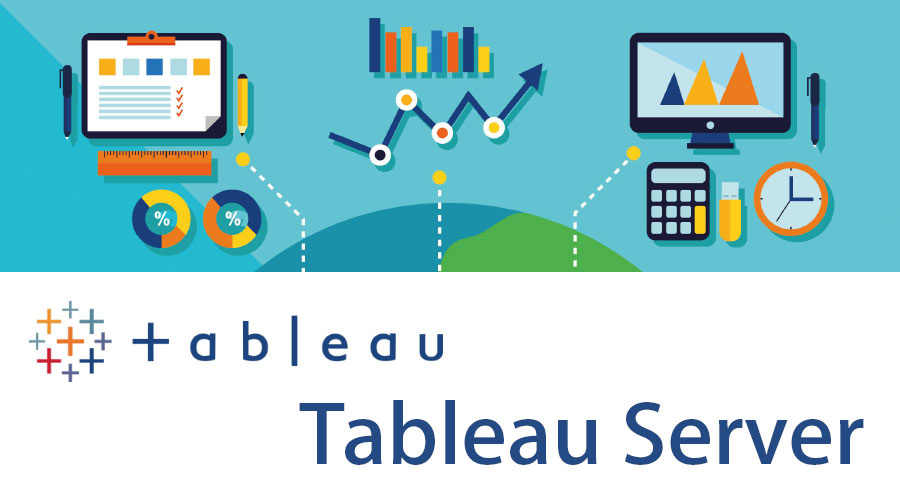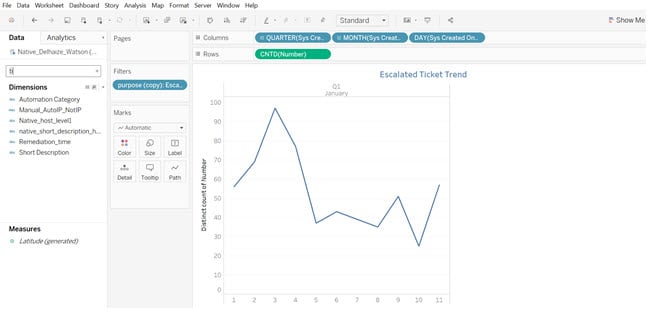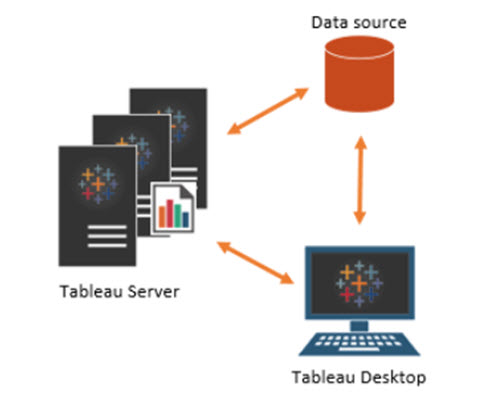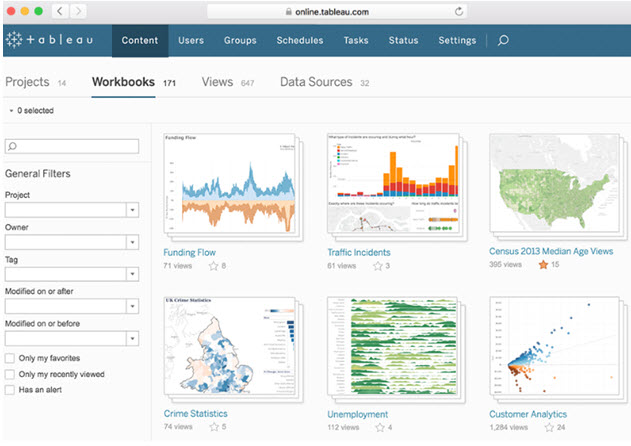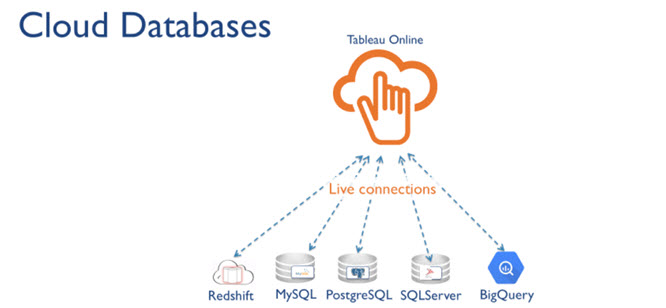What is the Tableau Server?
An online platform to host and hold all the tableau workbooks, data sources and related tableau data is called Tableau Server. Tableau developed the server so that all the functionalities of Tableau could be used in the server and it helps to hold the data with the available memory. The workbooks need not be always opened and downloaded with the desktop if tableau functions are used. Access and authorizations could be given so that the files can be kept secure and protect them from hackers. The server can help the employees to collaborate on the work of the project and hence it saves time.
Let’s see some interesting points about Tableau:
- Suits Variety of Organization: Be it an individual user, mid-range organization or a giant organization, Tableau suits every kind.If its individual user. Tableau desktop is the option for you. Tableau desktop resides on your system, to create a variety of visuals that can be saved in the form of worksheets. If you want to share this kind of visuals with your peers, you can share your saved worksheet, which your peer can view if they either have Tableau reader/ Tableau desktop available.
- Attractive Dashboards: There are a variety of options available for building charts. These charts can help in understating data, creating attractive dashboards, doing simple statistical analytics, forecasting etc. All the development done in Tableau has been done by keeping ease of user in mind. These all properties help Business professionals brings insights to the table in an efficient way. And that is all the things which set Tableau as a tool stand so unique.
- Handles Many Data sources: Tableau can be connected to more than 40 data sources, plus it can handle excel and csv as well. On top of that OLAP, SQL Server, DB2 etc. make Tableau win users. Tableau comes with many inbuilt data connectors which come free.
- Connection with Programming Languages: Tableau gets connected with R and Python.
- Tableau Community: You can easily find help from Tableau Community and Tableau Bloggers.
Tableau Server Types
Tableau comes in three kinds:
Tableau Desktop
Tableau desktop is a standard tool, which helps you to prepare, create, explore and visualize dataset. It empowers you, encourages you to explore data in many ways. Interactive worksheets and dashboards help you uncover the hidden insights from the data through visual patterns.
Fig 1.
From my Tableau Workbook
Tableau Server
It comes into the picture when the dashboards created on Tableau Desktop needs to get published. It enables you to publish your dashboards to the right set of stakeholders, hence making the collaboration and sharing of dashboards simple. It helps users to publish and share their data sources as an extractor live connection. Here users need not install Tableau on their machine, and they can still interact with dashboards available on a server.
Fig 2.
https://www.theinformationlab.co.uk/community/blog/consultants-diary-learning-tableau-server-part-i/
It can connect around 100 data sources which include Marketo, SAP HANA, Salesforce.com, Google BigQuery, Oracle etc.
From a deployment perspective,it can be deployed on-premises as well as in public cloud like Azure, AWS, IBM Cloud, Google Cloud Platform etc. It also enables an administrator to track and manage the content, licenses, performance, and permissions for data sources with ease.
Tableau Server supports
- Android apps
- iPad apps
- Mobile Safari
- Web browsers like IE, Mozilla Firefox, Chrome and Safari
- Android browser
There are few server processes which works behind the scene to direct Tableau Server:
- Application Server: It handles and processes the permission for Tableau server web and for mobile interfaces. Application servers work from user’s login session to Tableau server till it verifies the permission.
- VizQL Server: Once View is released, the client sends a request to the VizQL process. The VizQL process is then responsible for sends queries directly to the data source, which returns a result set that is rendered as images and presented to the user. Each VizQL has its own cache, which can be shared with multiple users if needed.
- Data Server: To centrally control and store Tableau data sources, the Tableau data server is needed. Along with that, this also manages the metadata from tableau desktops like groups, definitions, and calculations.
- Backgrounder: It refreshes the scheduled extracts, plus other background activities.
- Load Balancer: If multiple tasks/procedures are configured for any component. The load balancer will come into the picture and shares the requests to the procedures. A load balancer is also known as Gateway. If there is a single server configuration scenario, then every procedure will sit on the Gateway.
Tableau Online
Tableau Online is the Tableau Analytics, which is hosted on a cloud with absolutely no visibility to hardware and server maintenance at your end. This is accessible over a mobile app or the web via a browser. It helps users publish the dashboards and share “vizzes” with peers, customers, co-workers, and stakeholders. This can ultimately lead collaboration towards finding the hidden insights in the data using interactive visualizations. Administrators here can also manage authentication and permissions to users, data, and content easily like Tableau Server.
Fig 3.
https://www.tableau.com/products/cloud-bi
Tableau online can also be connected to live connections with many data sources like BigQuery, MySQL etc.
Fig 4.
https://www.tableau.com/blog/tableau-online-tips-extracts-live-connections-cloud-data-53351
Recommended Articles
This has been a guide to What is Tableau Server?. Here we have discussed basic concepts, types of Tableau Server and few server processes. You can also go through our other suggested articles –
